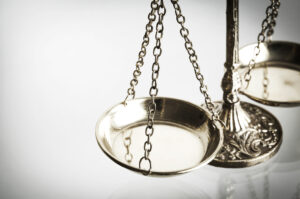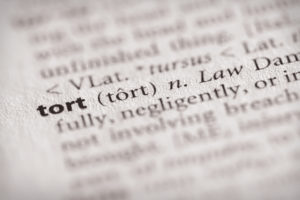Dr. Carroll is using a mouse model with ischemic injury to see whether putting additional stem cells in the circulation can augment repair.
“There have been lots of strategies to help with this problem, but there is a need for other strategies,” Dr. Carroll said. “Some strategies have centered around better care of babies prior to birth and after birth and that’s a good thing. But other things that have not worked are the use of various agents given to protect the brain,” he said of studies that worked in the laboratory but were not effective in human trials.
In his study model, bone marrow is removed from one group of mice that is genetically similar to the group that gets the transplant. Two major stem cell populations, hematopoietic and marrow stromal cells, are retrieved and tagged with a jellyfish protein that fluoresces green so they can be tracked. His goal in using two different cell lines is to see which is most effective; he believes it will be the marrow stromal cells.
The fluorescing cells are then transplanted into the vascular system of the other group of mice and monitored to see whether – as in the preliminary data – transplanted cells will find their way to the brain to help repair damaged brain cells and make new ones as well as supporting blood vessels. “The idea is that we would put cells into the right place and they would implant and function,” Dr. Carroll said. “We don’t know if that will happen.”
He eventually wants to find an even more specific cell population, the oligodendrocyte cells, which make insulation for brain cells and are the most damaged in cerebral palsy. “There are culture techniques available that will allow us to develop this type of cell specifically and put it in the brain. That is really the next step and we are really interested in doing that.”
If his laboratory studies work, he hopes to begin clinical trials on mature stem cell transplants in about five years.
Cerebral palsy results in a wide range of disability, from undetectable to severe physical disability. Some children also have accompanying learning and memory problems. “The numbers of people with this condition are not huge, but it can be a huge problem for those who have it,” said Dr. Carroll, who believes that the transplant techniques being developed to help these babies have potential application in a large number of conditions.

The Legal Examiner and our Affiliate Network strive to be the place you look to for news, context, and more, wherever your life intersects with the law.










Comments for this article are closed.